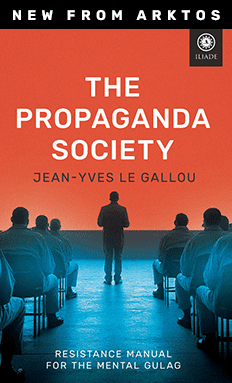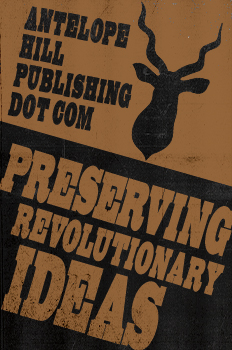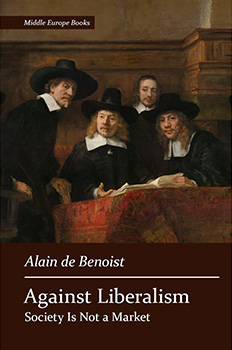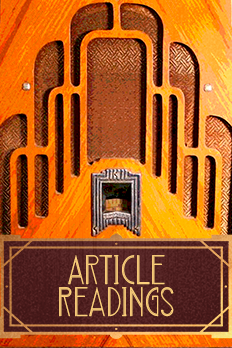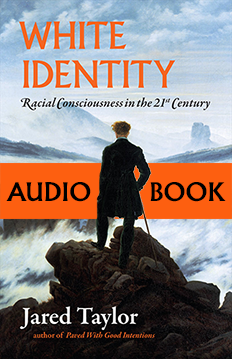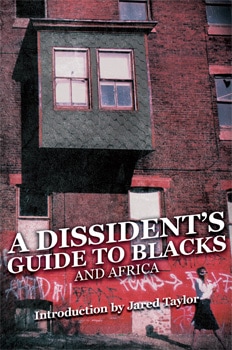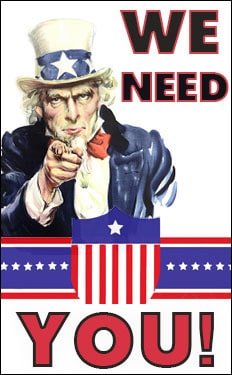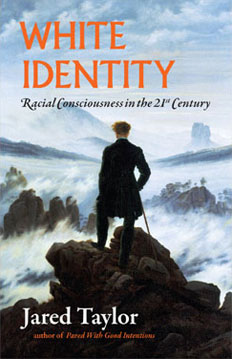LA Protests Underscore Frustration of Immigrants
Christina Hoag, San Francisco Chronicle, September 11, 2010
{snip}
Long ago a well-heeled area of Los Angeles, in more recent decades the Westlake district surrounding MacArthur Park has become a densely packed enclave of Central American immigrants fleeing brutal civil wars and grinding poverty in their home countries.
This week, the bustling community turned into a hotbed of unrest after a police officer shot and killed a Guatemalan day laborer who allegedly lunged at him with a knife. The incident Sunday sparked three days of protests by people who felt that killing Manuel Jaminez, a 37-year-old illegal immigrant, was an unfair and unnecessary use of police force.
The demonstrations surprised officials, who blamed the blowback on outsiders who had come to the area to stir up trouble. A visit to the neighborhood of grimy tenements with curlicued cornices and portals that belie a more elegant past reveals a social tapestry fraying from increasingly hardscrabble living and widespread frustration.
{snip}
The neighborhood has long been a first stop for new arrivals who have made the risky journey to “el Norte.” More than two-thirds of residents are foreign-born, almost three-quarters are Hispanic, almost half live in poverty.
Drawn to a neighborhood with flavors of home, about 118,000 residents jam the area’s 2.7 square miles, making it one of the most crowded districts in Los Angeles.
Here, they find everything from comfort foods such as tamales and Pollo Campero–Central America’s beloved fast-food fried chicken chain–to fake Social Security cards and driver’s licenses to cheap lodging in shared bedrooms and living rooms.
{snip}
Jobs are few and far between, rents are high, and unfamiliar laws are stringently enforced. Crime is also high, with much of it related to the neighborhood’s homegrown Mara Salvatrucha or MS-13, a gang formed by Salvadoran immigrants in the 1980s that has morphed into one of the most vicious in the nation.
Particularly vulnerable are campesinos, subsistence farmers from the indigenous communities of rural Mexico and Guatemala who often are far less prepared to cope than other immigrants.
Many have only a few years of formal schooling and may barely be able to read and write. Some speak little Spanish, having grown up in isolated areas where native indigenous languages are mainly spoken.
{snip}
Apartments are often crowded with several families sharing rent. To eke out a living, many have taken to peddling everything from bootleg DVDs to bacon-wrapped sausages, turning the sidewalks into a chaotic flea market on evenings and weekends.
{snip}
In Latin American countries, street peddling is a ubiquitous and time-honored way of getting by when jobs are few and government assistance is scarce. Immigrants have a hard time understanding why it is illegal here and they resent crackdowns by police who give out $250 tickets and sometimes confiscate their goods.
{snip}
The stress of trying to make ends meet plus social and emotional isolation leads some to seek refuge in alcohol. Jaminez had been drinking when he allegedly menaced two women and then police officers with a knife.
Residents said public drinking is out of control.
The neighborhood has seen progress. Police have driven gangs out of MacArthur Park and have worked to build trust with the illegal immigrants so they’ll report crime, said Councilman Ed Reyes, who represents the area. Street peddlers said that although gangs still extort “taxes,” the problem is less serious than it used to be because of stepped-up police presence.
{snip}
Despite the hardship, most immigrants don’t want to go home. Tomas Gomez, Jaminez’s brother-in-law, said that although day laborer jobs had dried up considerably and Jaminez pined for his wife and three young sons, he did not want to go back to Guatemala.
{snip}





